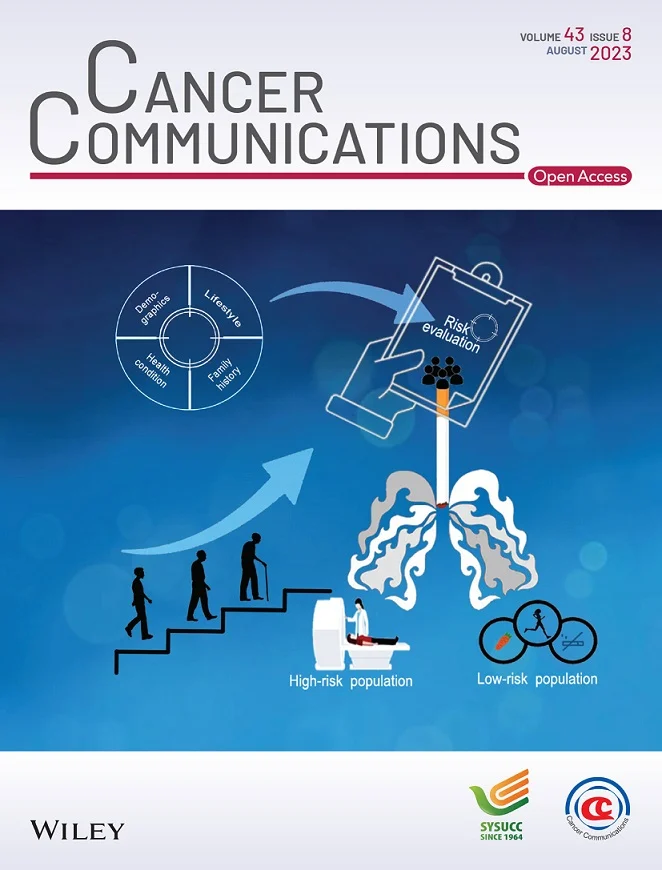Adjuvant capecitabine in combination with docetaxel and cyclophosphamide versus anthracycline plus docetaxel and cyclophosphamide regimen in women with high-risk, HER2-negative breast cancer: An open-label, randomized controlled trial
Abstract
Background
The standard adjuvant chemotherapy for early-stage, high-risk breast cancer includes anthracyclines and taxanes. While anthracycline-based regimens have proven effective in human epidermal growth factor receptor 2 (HER2)-positive breast cancer, their efficacy may be reduced in HER2-negative patients due to the lack of co-amplification of DNA topoisomerase IIα, the primary target of anthracyclines. This study compared the efficacy and safety of the regimen of docetaxel, anthracycline, and cyclophosphamide (TAC) versus a novel regimen consisting of docetaxel, cyclophosphamide, and capecitabine (TCX), hypothesizing that replacement of anthracycline with capecitabine could offer superior outcomes in this patient population.
Methods
In this open-label, randomized controlled trial, 204 patients with pT1-3, node-positive or high-risk node-negative, HER2-negative early-stage breast cancer were enrolled between May 2011 and December 2013 (ClinicalTrials.gov: NCT01354522). Patients were randomized 2:1 to TAC (n = 136) or TCX (n = 68), with treatment administered every 21 days for six cycles. The primary endpoints were disease-free survival (DFS) and overall survival (OS); secondary endpoints included distant disease-free survival (DDFS), disease-specific survival (DSS), and adverse event (AE) rates.
Results
With a median follow-up of 124.4 (range, 19.5-147.8) months, TCX did not significantly improve the 10-year DFS rate over TAC (71.5% ± 5.6% vs. 67.6% ± 4.0%, P = 0.477). However, the 10-year OS rate was significantly higher in the TCX group than in the TAC group (91.0% ± 3.5% vs. 77.2% ± 3.6%, P = 0.009). The TCX group also showed trends toward improved 10-year DDFS rate (82.0% ± 4.7% vs. 69.8% ± 3.9%, P = 0.052) and significantly higher 10-year DSS rate (93.9% ± 3.0% vs. 77.8% ± 3.6%, P = 0.002) compared to the TAC group. Grade 3-4 AEs occurred significantly more often in the TAC group than the TCX group (67.7% vs. 42.7%, P = 0.001).
Conclusion
TCX may provide superior long-term survival and a more favorable safety profile compared to TAC for patients with high-risk HER2-negative breast cancer, warranting further investigation in larger cohorts.


 求助内容:
求助内容: 应助结果提醒方式:
应助结果提醒方式:


